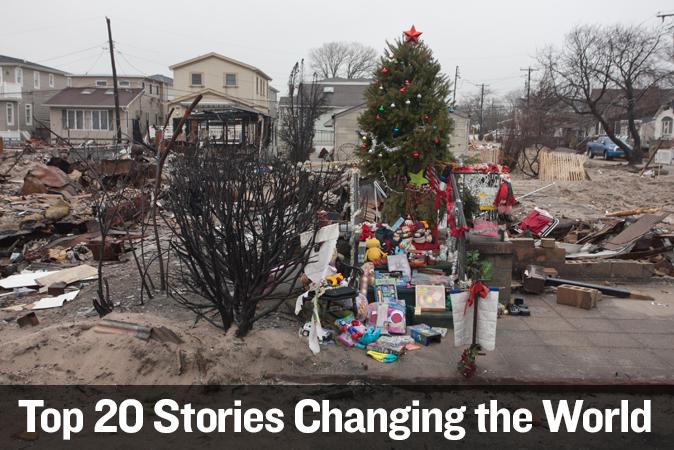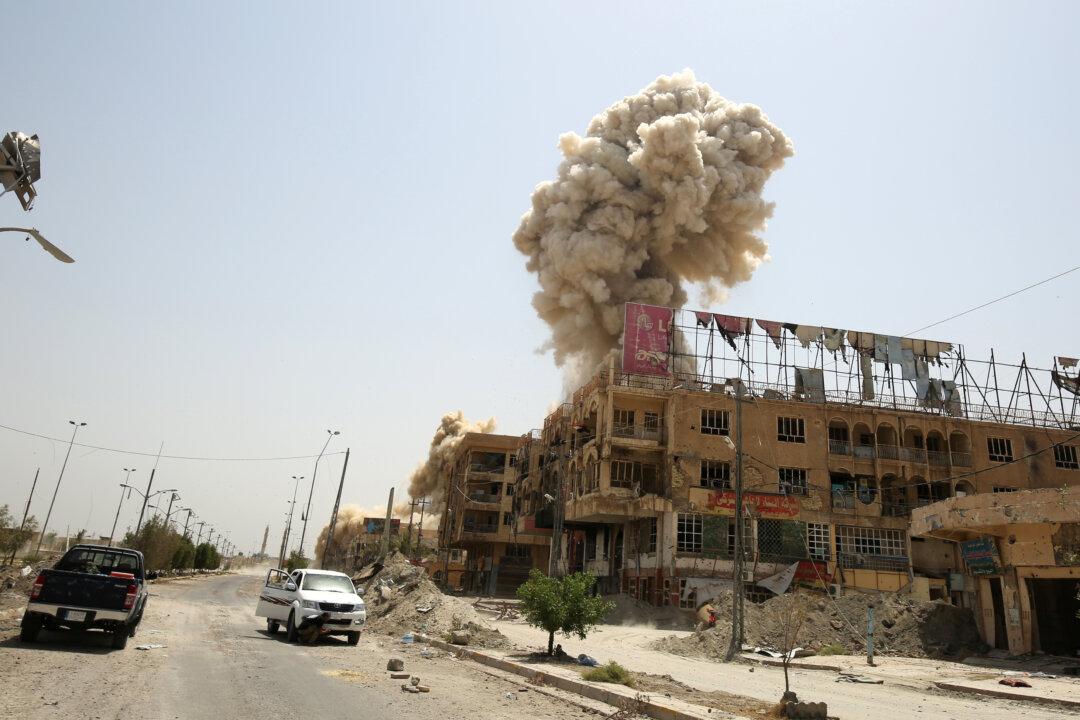As part of our comprehensive year-end coverage, Epoch Times editors have made a selection of stories that we believe are significantly changing the world. The stories are ranked from No. 20, having the least impact, to No. 1—our top pick.
Each story is based on a major news story of 2013 that will have lasting impact into 2014 and beyond. Check back daily as we countdown to Jan. 1st and our New Year.
While other parts of the recovery, such as public parks and businesses, have largely returned, thousands of homeowners in New York City are still in limbo after Superstorm Sandy. They are waiting for relief money to start rebuilding, hopefully in 2014.
About 22,000 New Yorkers, mostly from the boroughs of Queens, Brooklyn, and Staten Island, have applied to the city’s Build it Back program since June, but no homes have reached the beginning construction stage of the process, leaving many New Yorkers to spend a second Christmas away from home.
About 23,000 private residential buildings were destroyed or significantly damaged by Sandy, which hit in October 2012.
About $3.2 billion of federal Community Development Block Grant (CDBG) funds have gone to New York City and its Build it Back program. So far, $648 million has been designated to help homeowners. To date, only four homeowners have made it through the steps to qualify and chose from among the assistance options.
Just 200 homeowners have finished the multiple-step intake and eligibility process and are at the stage of reviewing assistance options, according to a representative for the mayor’s office.
The city is currently in the process of making an action plan for the rest of the CDBG money, but the mayor’s office has already said that it needs more help. The federal Department of Housing and Urban Development, which is in charge of approving New York City’s funding plans, told Epoch Times it doesn’t anticipate allocating more CDBG funding in the coming year.
New York City representatives in Congress have slammed the city government over the small number of funding of awards to homeowners relative to the need. U.S. Rep. Michael Grimm, whose Staten Island district was arguably the hardest hit by the storm, has been one of the most vocal critics of the slow pace of Build it Back.
“My constituents are at their wits’ end waiting in limbo on action from the city,” stated Grimm in a Dec. 9 letter to outgoing Mayor Michael Bloomberg. “They deserve answers on when they will be receiving funds and how much.”
Grimm has said repeatedly that he’s concerned Bloomberg will pass the problem on to the next administration.
New York state has a similar process for the residents whose homes were substantially damaged by Sandy, but has been less plagued by criticism. The state allocated $838 million toward residential damage with its first block of CDBG funding, although it estimates the need is about $3 billion.
A New York Rising Community Reconstruction Program run by the state will award between $3 million and $25 million to 10 neighborhoods in the five boroughs. Each community presented its needs, which include housing needs, and funding is expected to be approved by March.
The Governor’s Office of Storm Recovery has also been working on buyouts and acquisitions of homes in the outer boroughs. On Staten Island, 294 conditional offers have been made to buy out homes and return the land to a natural state. On Staten Island, Long Island,and in upstate New York 186 offers for acquisition have been made, in which the land can be redeveloped.
At the federal level, FEMA gave out about $860 million in housing assistance throughout New York state and inspected 185,000 homes.




